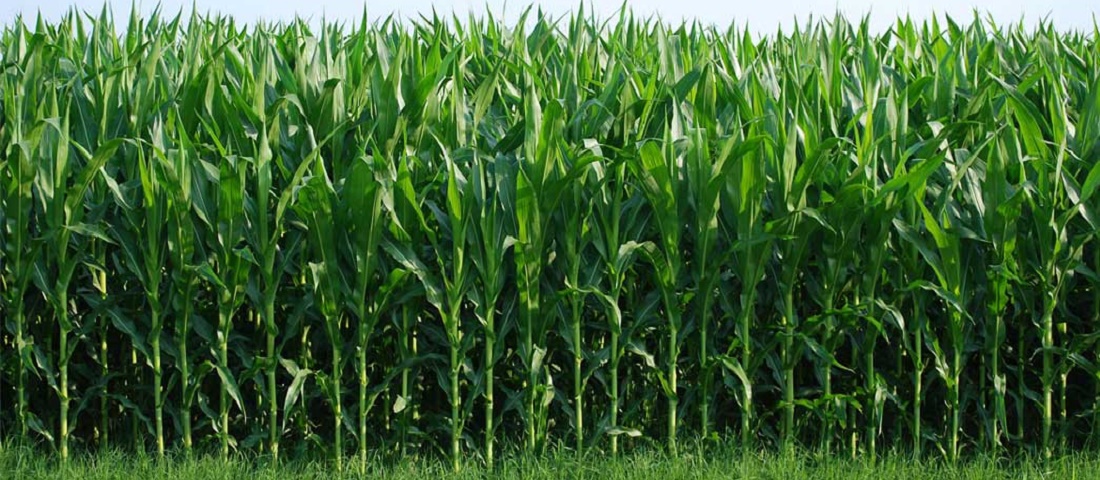
A seca começa a atingir cana de açucar
jan, 07, 2019 Postado pordatamarnewsSemana201850
A recente onda de chuvas irregulares levou os produtores de soja do Brasil a temer uma pior quebra da safra. A preocupação seria causada pelo fenômeno climático El Niño Modoki, segundo a consultoria climática Rural Clima. O problema agora está afetando também a safra de cana-de-açúcar do Brasil, que normalmente é mais resiliente do que a soja.
Considerando os efeitos do clima seco, a associação de produtores de soja Aprosoja reduziu sua projeção de produção de soja para 110 a 115 milhões de toneladas na próxima temporada. Enquanto isso, a seca na região Centro-Sul do Brasil, que começa em abril, poderia comprometer ainda mais a capacidade de produção de açúcar do Brasil e, subsequentemente, o preço da commodity.
Fontes usadas:
https://uk.reuters.com/article/brazil-sugarcane-idUKL1N1Z30ZZ
Scant rain poised to stress Brazil sugarcane as well as soy
SAO PAULO, Jan 3 (Reuters) – Erratic rains in Brazil, which have already been hurting the soybean crop, are also beginning to stress sugarcane fields, which this season are more susceptible due to plant aging, experts told Reuters.
Sugarcane is usually more resilient than soybeans amid weather adversity; still, below-average rains and high temperatures are cause for concern in the industry, which faces potential losses if such conditions persist, they said.
“November was a good month for rains but December lagged,” said Bruno Lima, a sugar and ethanol analyst at consultancy INTL FCStone. He said it is early to quantify how big the impact will be on the crop, but noted millers “are a bit worried.”
If January stays dry, it will further affect expectations for the season. “The cane is weak,” Lima said.
The drought in Brazil’s Center-South during the 2019/2020 season, which begins in April, could further deepen the global sugar supply deficit and affect the price of the commodity .
Because of the aging of the cane fields, around 3.8 years, INTL FCStone sees Center-South mills processing some 564.7 million tonnes of cane in 2019, slightly smaller than last year.
Climate expert Marco Antonio dos Santos, partner at consultancy Rural Clima, said the renovation of cane fields is taking place. But given the long cycle of the plant, the impact of this process will be more felt in 2020.
“Irregular rains are cause for concern for producers… Cane is going through problems as well as other cultures,” Santos said, adding a smaller cane harvest is likely.
In soybean fields, a growing season that only in November seemed likely to yield a spectacularly large crop has turned to drought.
Data from the Refinitiv Eikon’s Agriculture Weather Dashboard show that rainfall in São Paulo, Brazil’s leading sugarcane region, has been below average in all regions of the state in the last 30 days.
In Ribeirão Preto, the country’s largest sugarcane hub, it rained 141.8 millimeters below normal, the data showed. Forecasts for the coming two weeks shows little prospect of recovery, as the Center-South is poised to receive rains below normal.
In Ribeirão Preto and in the Triângulo Mineiro region, rainfall is seen at 36.6 millimeters and 60.8 millimeters below the average, Refinitiv data show.
Santos said a phenomenon called El Niño Modoki is behind irregular rains.
According to the Japanese agency for marine science, it is linked to strong anomalous warming in the central tropical Pacific and cooling in the eastern and western tropical Pacific.
https://af.reuters.com/article/commoditiesNews/idAFE6N1XC03D
Brazil soybean group sees higher-magnitude crop failure amid drought
SAO PAULO, Jan 4 (Reuters) – Brazilian soybean farmers face a higher magnitude of crop failure after a consultancy cut its forecast for this season by 4 million tonnes on Friday, Bartolomeu Braz, head of Aprosoja Brasil, told Reuters on the same day.
Due to a drought, grain grower group Aprosoja Brasil is now projecting soybean output between 110 million tonnes and 115 million tonnes this season. If rains do not return, it could be “catastrophic” to the crop as some regions have not seen a drop of water for some 30 days, Braz said.
-
Portos e Terminais
maio, 20, 2019
0
CentroNave não vai negociar operações portuárias do Grupo Libra
-
Portos e Terminais
abr, 05, 2022
0
K-Line realiza maior operação de transbordo de veículos já registrada em Suape
-
Economia
jun, 05, 2019
0
Avançam negociações da fusão BRF e Marfrig
-
Carnes
dez, 11, 2023
0
Singapura aprova pré-listagem para importação de proteína animal do Brasil


